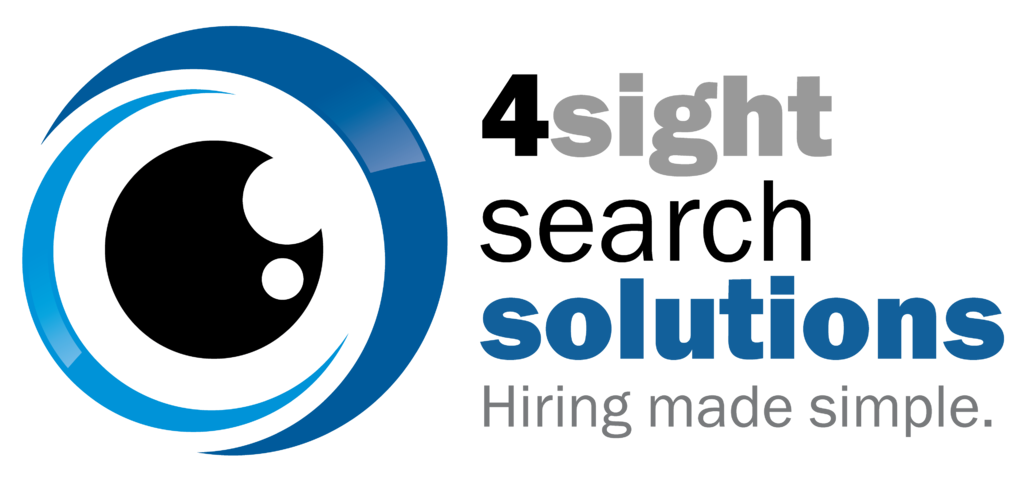
Hiring the right person is the difference between growth and costly disruption. In today’s tight Canadian labour market, one poor hiring decision can impact many areas including finance, operations and culture — and the price tag is higher than you might expect. Below we break down the costs a bad hire and provide practical, employer-focused strategies to reduce the risk and improve hiring outcomes.
The True Cost of a Bad Hire
Financial burden (direct and indirect)
Direct costs of hiring a new employee include recruitment fees, onboarding, training and any severance — but the indirect costs often outweigh the direct cost. Lost productivity, the time managers spend troubleshooting, and the ripple effect on team output add up quickly. A commonly cited estimate is that a bad hire can cost an organization up to 30% of the employee’s first-year salary. For example, 30% of a $50,000 salary is $15,000 — a real and measurable hit to the bottom line. For a $75,000 role, that figure rises to $22,500.
Productivity loss
An employee who is unable to meet expectations, slows project timelines, causes rework and forces colleagues to pick up the slack. These productivity losses reduce revenue capacity and can delay strategic initiatives.
Reputational damage
Poor performance, especially in client-facing roles, can harm relationships and brand trust. Poor hires drive negative employer reviews and make it harder to attract top talent.
Operational disruption
When the wrong employee is hired service levels can drop, critical projects may stall and knowledge gaps emerge. The operational cost is not only immediate — it can also mean missed contractual deadlines and weakened customer confidence.
Increased turnover
One bad hire often triggers dissatisfaction among high performers who grow frustrated by lowered standards or increased workload, which in turn increases recruitment costs.
How to Avoid Bad Hires: Practical Steps for Employers
- Start with precise job descriptions: Clear, current job descriptions set expectations for skills, responsibilities and cultural fit. Avoid vague language, define outcomes, not just duties.
- Use structured, competency-based interviews : Standardized interview guides and scoring criteria reduce bias and ensure every candidate is assessed against the same, job-relevant criteria.
- Screen thoroughly : Verify qualifications, conduct reference checks and, where appropriate, background checks. Verification uncovers inconsistencies early and saves time later.
- Assess behavioural fit, not just technical skill : Use behavioural interviewing and validated assessments to predict how a candidate will act in real workplace situations and whether they align with company values.
- Trial tasks and work samples : Practical tests or short paid trial projects reveal capability and approach to problem solving in a way a resume cannot.
- Invest in onboarding and early support : A structured onboarding program, clear metrics and regular check-ins will identify issues early, before they become costly.
- Maintain open hiring communication : Keep candidates informed about timelines and role expectations. Transparency reduces mismatches and improves acceptance rates.
- Build and use a talent pipeline : Maintain a database of pre-screened, interested candidates to reduce the pressure to hire quickly and impulsively.
- Leverage the right hiring technology : Applicant Tracking Systems, structured assessment platforms and video interviewing tools help screen efficiently while maintaining candidate experience.
Measuring Success: Metrics to Track
To know whether your hiring process is working it is helpful to monitor turnover during the first year; time to productivity; quality of hire (manager satisfaction); cost per hire, and retention of top performers. These measures indicate strong vs weak points and highlight where improvements can be made to ensure better hiring practices.
Conclusion
A bad hire is more than an HR headache — it’s a business risk that affects profit, people and reputation. Investing time and discipline into job design, structured selection, screening and onboarding dramatically reduces that risk. At 4Sight Search Solutions, we take the time to understand your business, your culture, and the skills you need—helping you avoid costly hiring mistakes. Whether you’re looking for permanent, contract, or temporary staffing solutions, we are here to guide you every step of the way.

